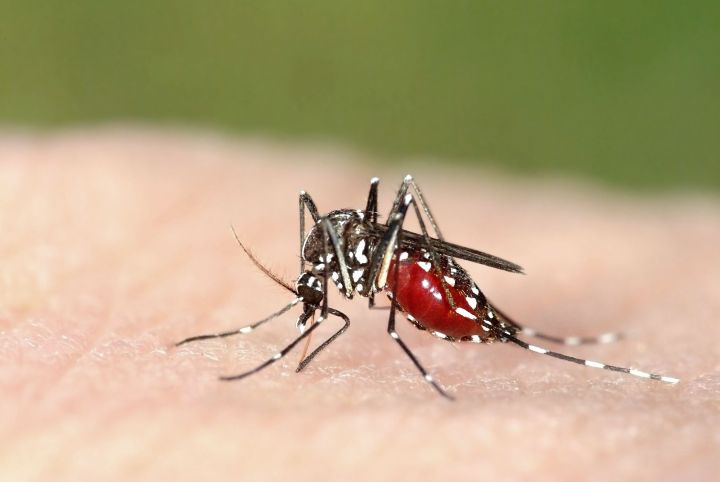
But all is not lost. Biologists are taking a bold new approach to stop the virus from spreading any further. Rather than developing a new vaccine or keeping mosquito populations at bay with insecticides, biotech firm Oxitec plans to fight the spread of Zika by deploying swarms of genetically engineered mosquitoes that will prevent virus-carrying bugs from multiplying.

The science behind it all is immensely complicated, but the overall idea is actually pretty easy to grasp. Basically, Oxitec has created a genetically modified breed of the Aedes aegypti mosquito — the species that is primarily responsible for spreading the Zika virus. This GM version (called OX513A), has been engineered to carry a gene that causes offspring to die before they reach reproductive age. When Oxitec releases these OX513A mosquitoes into the wild, they mate with females and produce offspring that never fully mature — eventually leading to a sizable reduction in the Aedes aegypti populaiton, and (hopefully) a noticeable decrease in the spread of the Zika virus.
It’s basically the biological equivalent fighting fire with fire. To stop the spread of a disease that causes birth defects, we’re essentially using genetic engineering to give mosquitoes birth defects. And it’s highly effective too — Oxitec has reportedly seen a 90 percent reduction in mosquito populations in a number of different trial locations across the globe.
Now here’s the awesome part. As it turns out, the Aedes aegypti mosquito also happens to be the same species that carries a number of other tropical diseases. Oxitec actually developed the OX513A mosquito in an effort to stop the spread of dengue fever, and has already trialed it (with a great deal of success) in various locations in Latin America and Asia. This means that the company’s solution is more or less ready to roll — it doesn’t need to be adjusted in any major way to help fight the spread of Zika.
Moving forward, Oxitec has plans to expand its existing operations in Brazil (which currently cover about 5,000 people) and eventually build a new mosquito factory that will allow the company to scale up and provide mosquito control for a population of over 300,000. The future of vector control is looking bright!
Editors' Recommendations
- Scientists are using A.I. to create artificial human genetic code
- How genetically engineered moths could save billions in crop damage losses




